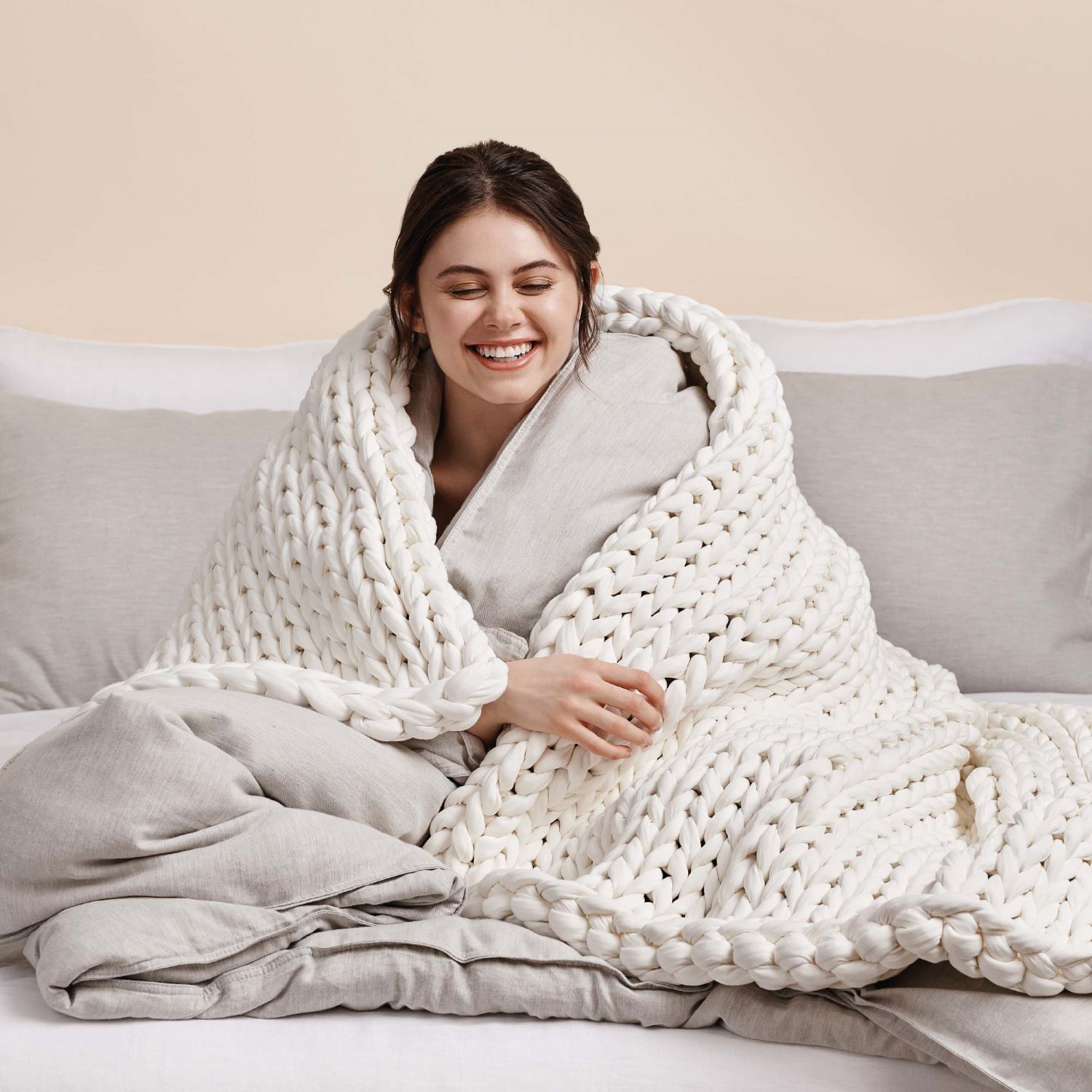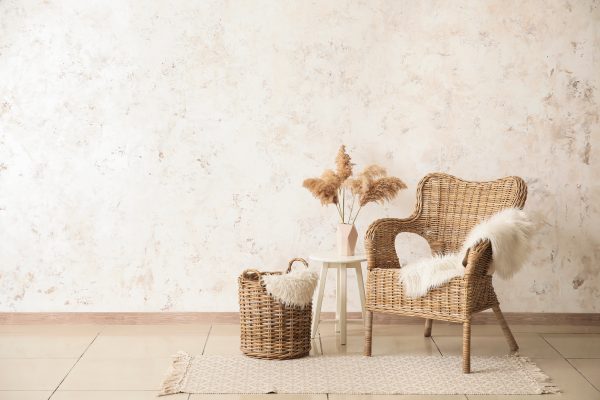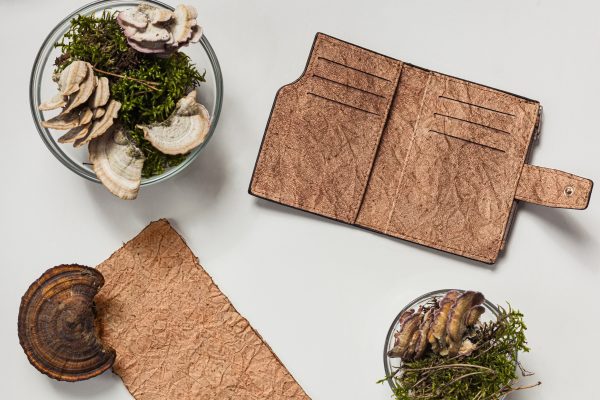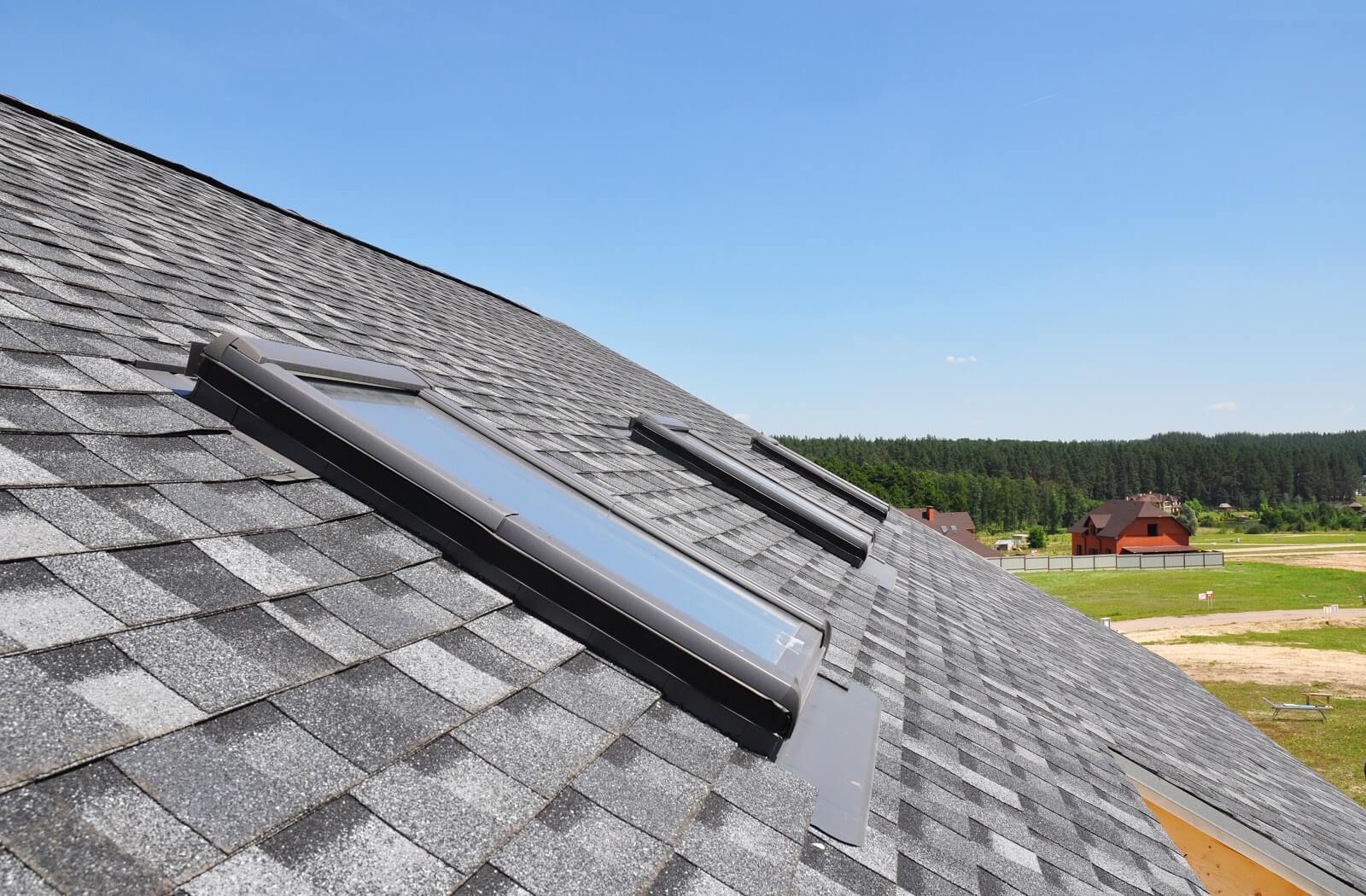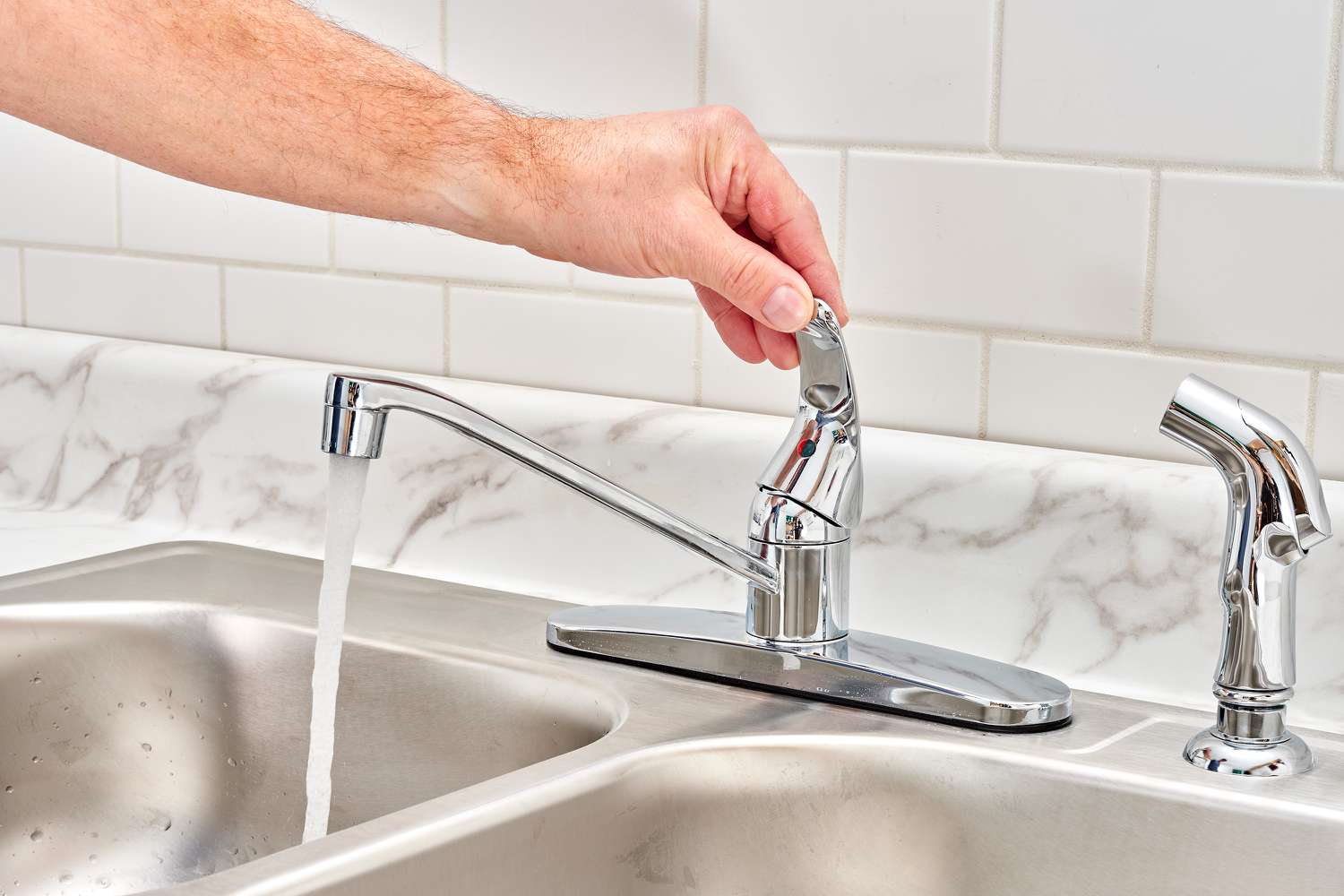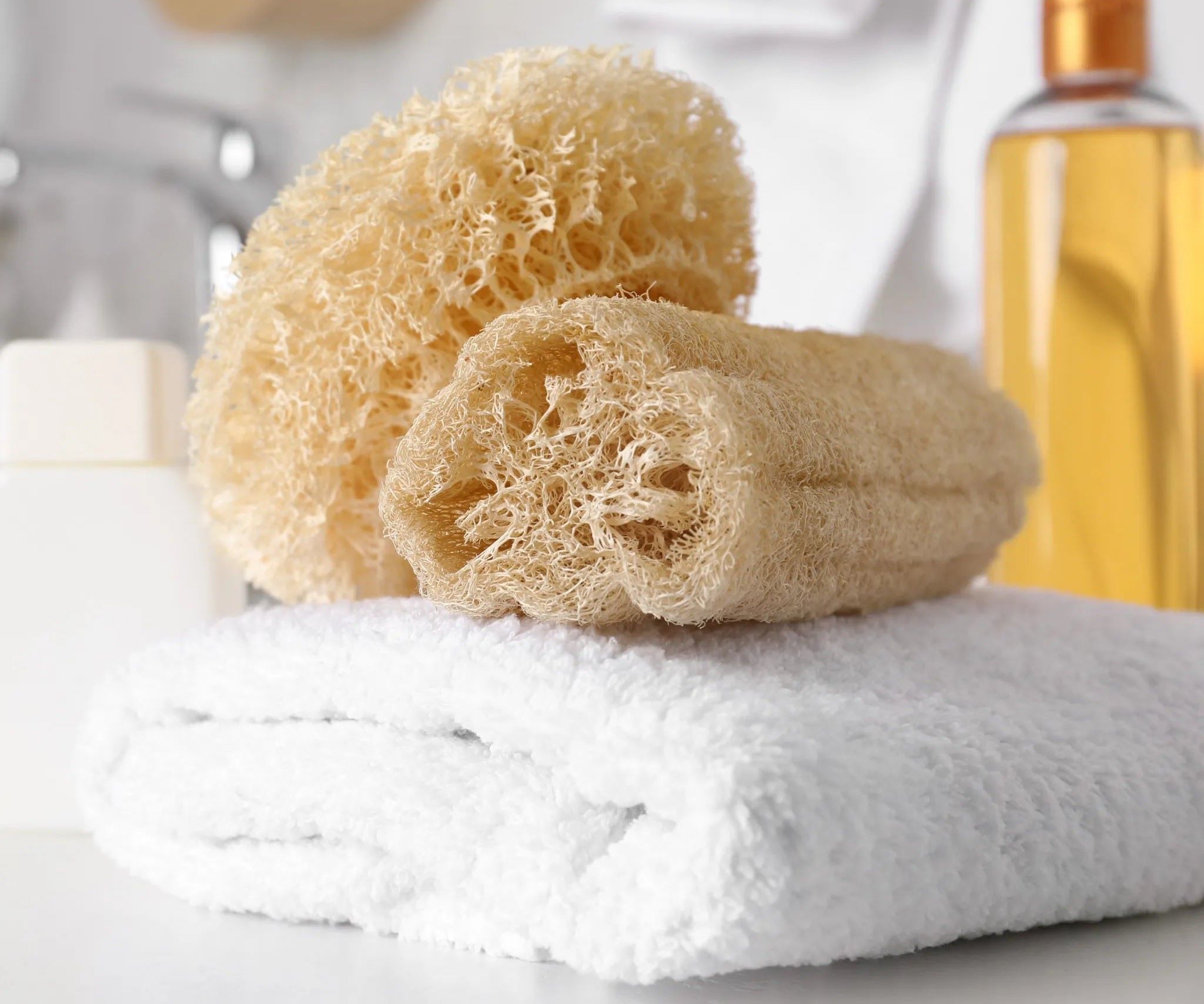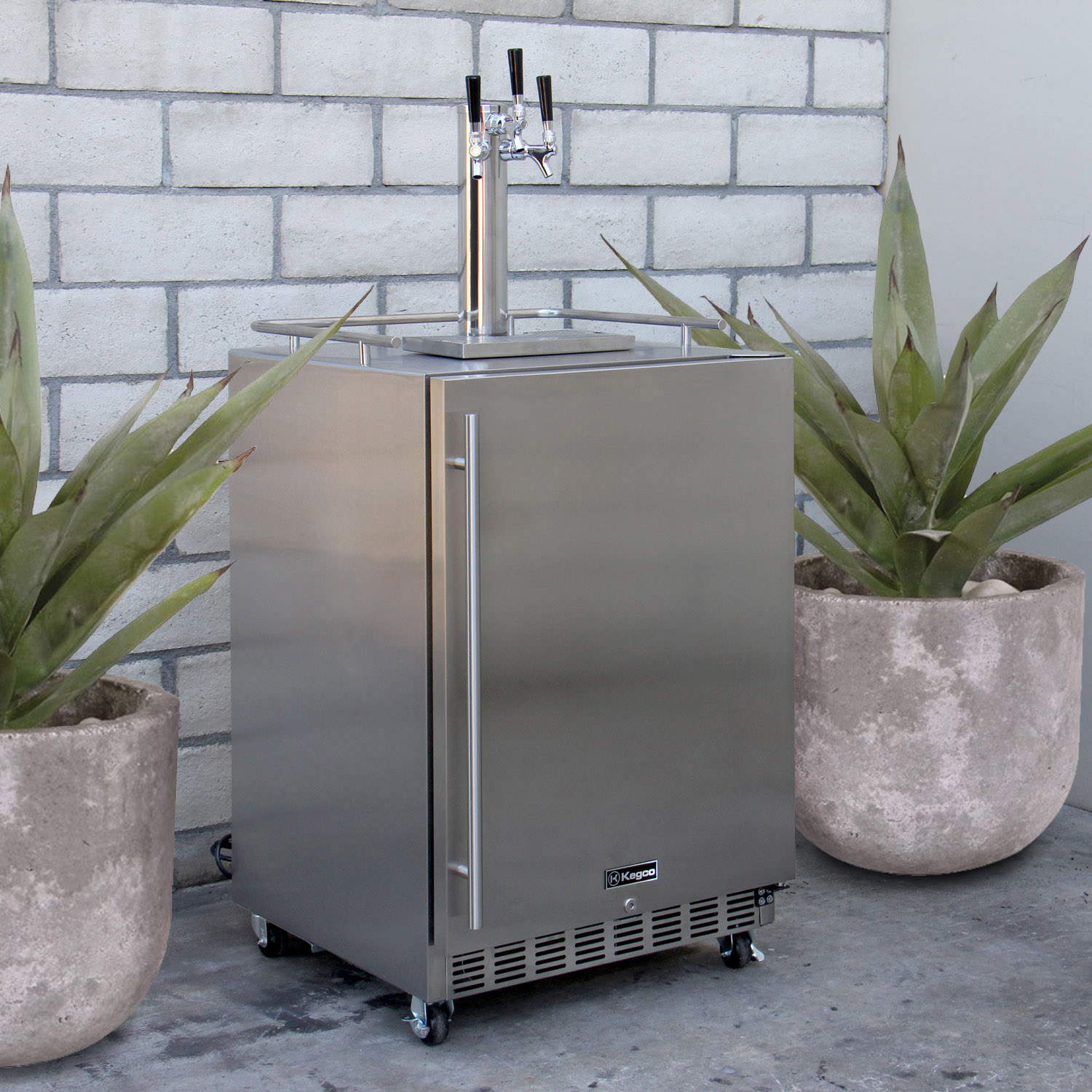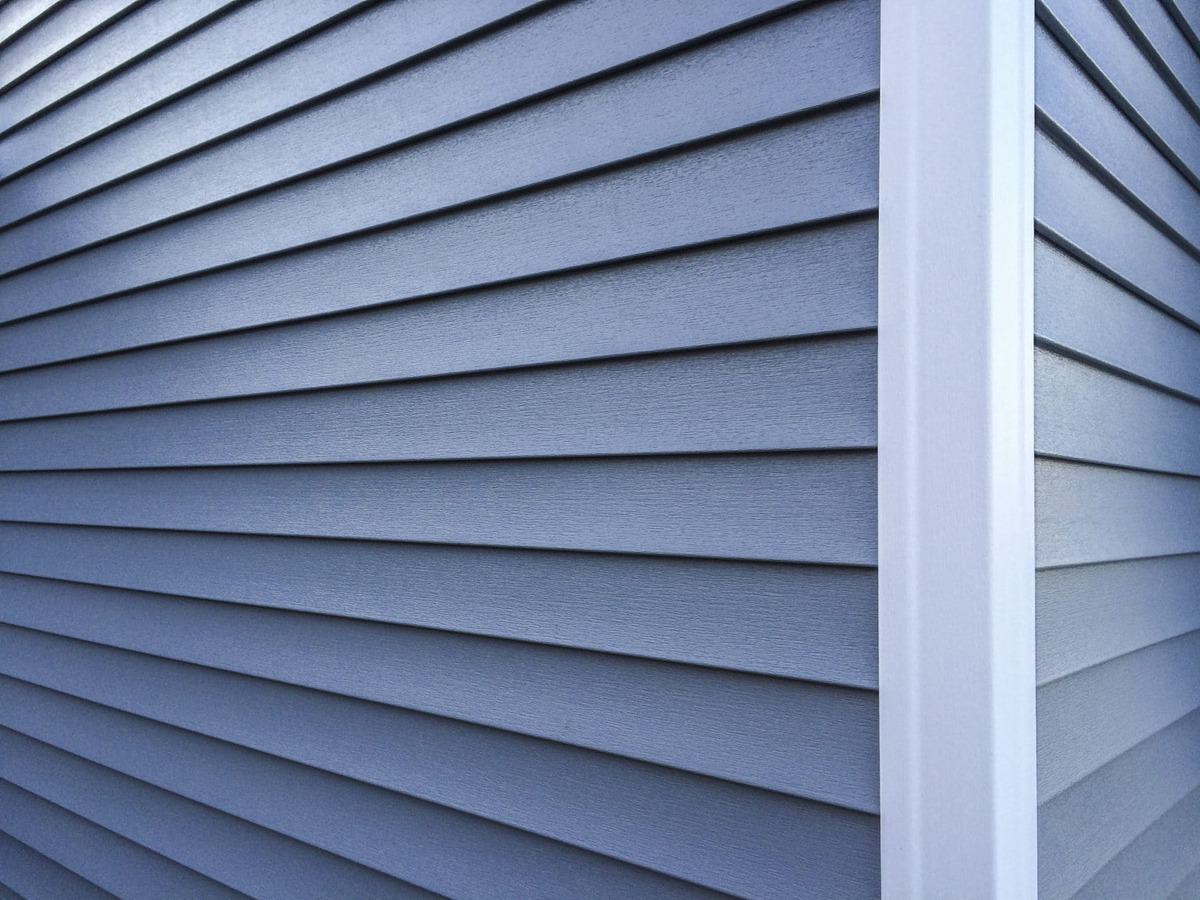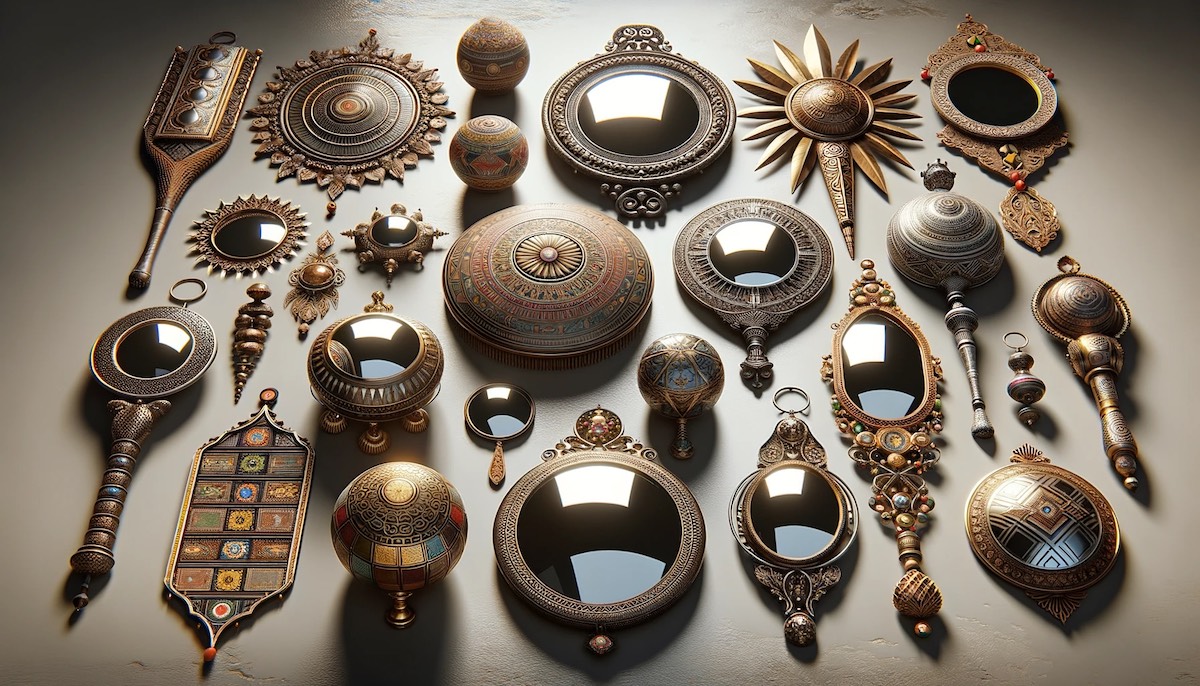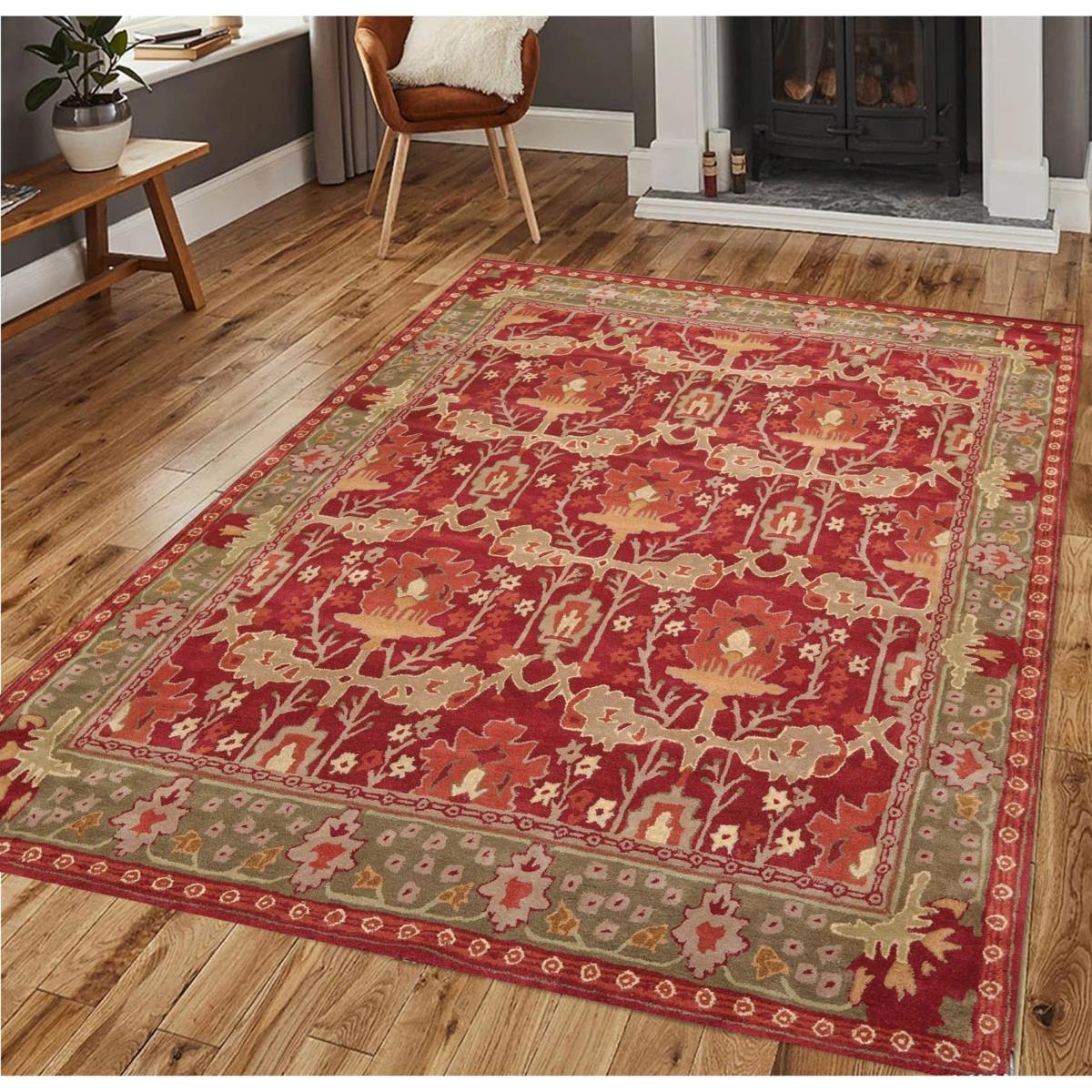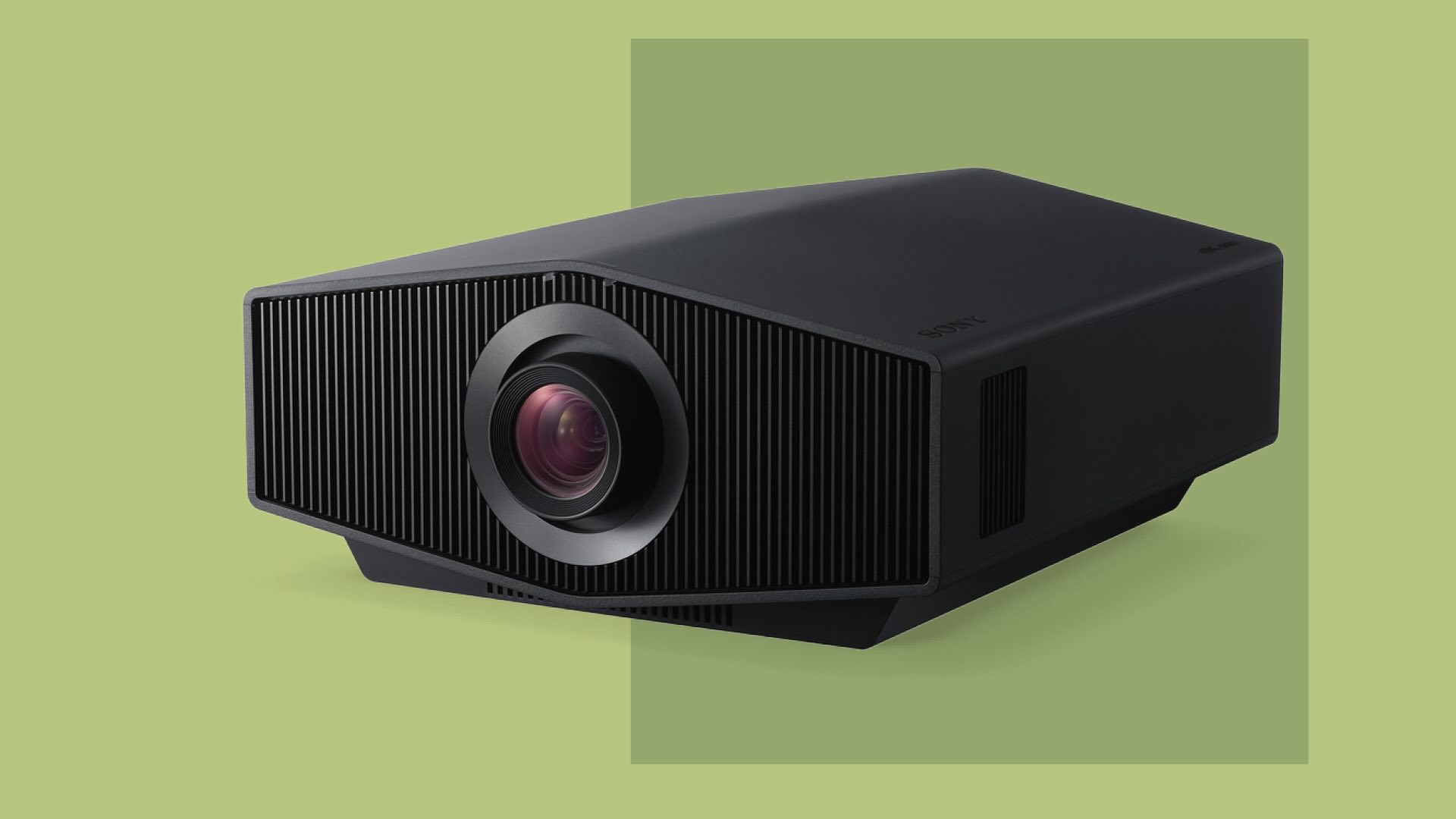Home>Furniture>Bedroom Furniture>What Is A Waterbed
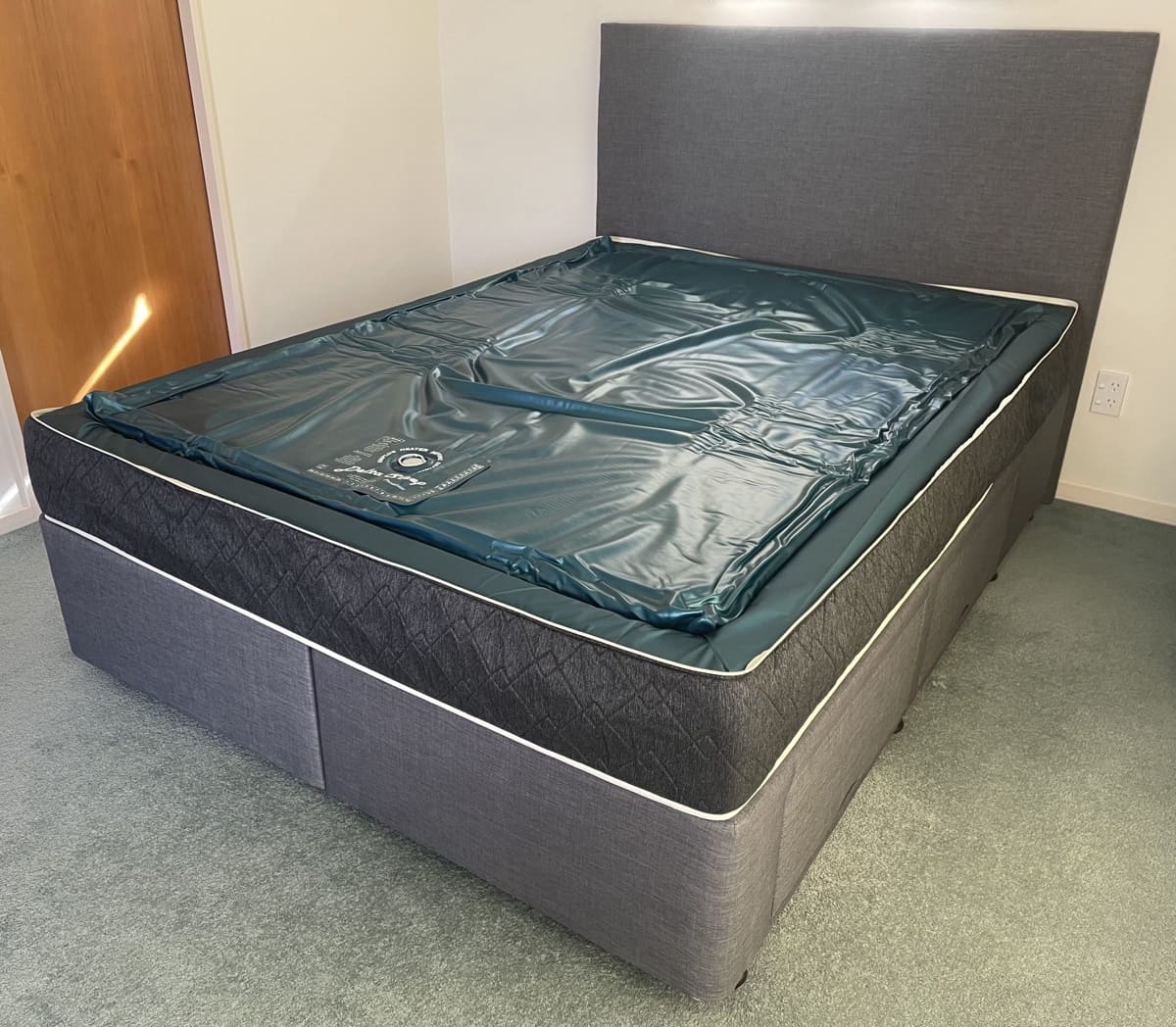

Bedroom Furniture
What Is A Waterbed
Modified: January 18, 2024
Discover the ultimate in bedroom furniture with a water bed. Experience unparalleled comfort and support for a restful night's sleep. Upgrade your sleep experience with a water bed today!
(Many of the links in this article redirect to a specific reviewed product. Your purchase of these products through affiliate links helps to generate commission for Storables.com, at no extra cost. Learn more)
Introduction
When it comes to bedroom furniture, we often think of classic pieces like beds, dressers, and nightstands. However, there is one type of bed that offers a unique and luxurious sleeping experience – the water bed. Contrary to popular belief, water beds are not just a relic from the past; they have been modernized and are growing in popularity once again.
Water beds have a fascinating history and offer numerous benefits for those seeking a comfortable and restful night’s sleep. In this article, we will explore the history of water beds, how they work, the different types available, as well as their advantages and disadvantages. We will also provide tips on maintenance and guide you on how to choose the right water bed for your needs.
So, get ready for a deep dive into the world of water beds and discover why they may be the perfect addition to your bedroom furniture collection.
Key Takeaways:
- Water beds offer a unique and customizable sleep experience, providing benefits such as pressure relief, reduced motion transfer, and therapeutic support. They have evolved from ancient prototypes to modernized mattresses with advanced features.
- When considering a water bed, factors such as type, support, size, motion isolation, temperature control, quality, and pricing should be weighed. Proper maintenance and care are essential for longevity and optimal performance.
History of Water Beds
The concept of sleeping on water goes back thousands of years, with ancient civilizations like the Persians, Egyptians, and Greeks known to have created primitive water beds using goatskins or leather sacks filled with water. These early prototypes provided a comfortable yet simple solution for resting.
However, the modern water bed as we know it today was invented in the late 1960s by Charles Hall, a design student at San Francisco State University. Hall was inspired by the therapeutic properties of water and aimed to develop a bed that could provide a more supportive and comfortable sleeping surface.
Hall’s invention gained popularity in the 1970s during the wave of new-age and free-spirited movements. Water beds became a symbol of relaxation and non-traditional living, attracting a diverse range of users, including hippies and health-conscious individuals.
Throughout the 1980s and 1990s, water beds continued to evolve, with advancements in technology and materials. The original water mattresses were replaced with more durable vinyl materials, and heaters and individual water chambers were added for temperature control and personalized comfort.
However, the popularity of water beds waned in the late 1990s and early 2000s. This decline was partly due to the emergence of memory foam mattresses and other innovative sleep technologies. Nonetheless, water beds never completely disappeared from the market, and recent years have seen a resurgence of interest in this unique bedding option.
Today, water beds have undergone significant enhancements in their design, offering improved support, stability, and durability. They are no longer just a symbol of counterculture; instead, they are embraced by individuals seeking a comfortable and customizable sleep experience.
With their rich history and cultural significance, water beds have transcended their status as mere bedroom furniture and have become a fascinating aspect of our sleep culture.
How Do Water Beds Work?
Water beds are designed to provide a unique and comfortable sleeping experience by utilizing a water-filled mattress as the primary support system. The basic structure of a water bed consists of a vinyl mattress filled with water and enclosed within a sturdy frame.
The key component of a water bed is the water mattress. It is typically made of a thick and durable vinyl material that is resistant to punctures and leaks. The mattress is divided into individual water-filled chambers or cells, which helps distribute the weight evenly and minimize motion transfer.
One of the important features of a water bed is its temperature control system. To ensure optimal sleeping conditions, a water bed is equipped with a heater. This heater is responsible for maintaining the desired temperature of the water in the mattress. Most modern water beds come with adjustable temperature settings, allowing users to customize their sleeping environment.
When it comes to support and comfort, water beds offer a unique advantage. As the weight is distributed evenly across the water-filled mattress, it conforms to the contours of the body, providing excellent support and reducing pressure points. This can help alleviate back pain and promote better spinal alignment during sleep.
One of the concerns associated with water beds is their motion transfer. However, thanks to advancements in design, most modern water beds feature individual water chambers that significantly reduce the transfer of motion from one side of the bed to the other. This means that even if your partner moves or gets out of bed, you are less likely to be disturbed.
In terms of maintenance, water beds require regular care to ensure longevity and optimal performance. It is important to keep the water in the mattress clean and properly sanitized. Additionally, the vinyl material should be periodically inspected for any signs of wear or damage. Following the manufacturer’s instructions for maintenance and using recommended conditioners or treatments can help extend the lifespan of a water bed.
Overall, water beds offer a unique sleeping experience by combining support, customizable temperature control, and reduced motion transfer. Despite their initial popularity decline, they continue to provide a comfortable and innovative alternative to traditional mattresses.
Types of Water Beds
Water beds come in various types, each offering unique features and benefits. Here are some of the most common types of water beds available:
- Soft-Side Water Beds: Soft-side water beds are the most popular and widely used type. They feature a water-filled mattress encased in a soft and flexible foam frame. The foam frame provides stability and support while maintaining a traditional bed appearance. Soft-side water beds are compatible with standard bed frames and are available in different sizes to suit individual preferences.
- Hard-Side Water Beds: Hard-side water beds, also known as classic water beds, consist of a water-filled mattress supported by a rigid wooden frame. These beds have a distinct appearance and are often seen as a throwback to the retro water bed era. Hard-side water beds require a specific frame designed to handle the weight and unique dimensions of the mattress.
- Hybrid Water Beds: Hybrid water beds combine the features of water beds with other mattress technologies. These beds often feature a layer of water chambers combined with layers of foam or other supportive materials. The combination of water and foam provides a balance of support and comfort, offering a unique sleeping experience.
- Pillow Top Water Beds: Pillow top water beds feature an additional layer of padding sewn onto the top of the water mattress. This layer provides extra cushioning and a plush surface for enhanced comfort. Pillow top water beds are favored by individuals who prefer a softer sleeping surface.
- Waveless Water Beds: Waveless water beds are designed to minimize the movement of water within the mattress. They typically feature multiple water chambers or baffles that restrict the flow of water and reduce the wave-like motion that can occur in traditional water beds. Waveless water beds provide a more stable and tranquil sleeping environment.
- Midfill Water Beds: Midfill water beds offer a balance between full wave and waveless water beds. They contain a combination of water chambers and fiber or foam inserts. The inserts reduce the water movement, resulting in less wave action and a more controlled sleeping surface.
It’s important to consider your preferences and specific needs when choosing a water bed type. Factors such as motion transfer, level of support, and overall comfort should play a role in your decision-making process.
Now that we have explored the different types of water beds, let’s move on to the benefits and drawbacks of using a water bed.
Benefits of Using a Water Bed
Water beds offer a range of benefits that make them a popular choice for individuals seeking a unique and comfortable sleep experience. Here are some of the key benefits of using a water bed:
- Pressure Relief: One of the main advantages of water beds is their ability to provide excellent pressure relief. The water-filled mattress contours to the shape of your body, distributing your weight evenly and reducing pressure on your joints. This can be particularly beneficial for individuals with back pain or pressure point sensitivity.
- Customizable Support: Water beds allow you to adjust the level of support to your liking. The amount of water in the mattress can be easily adjusted, enabling you to find the perfect level of firmness or softness that suits your individual comfort preferences.
- Reduced Motion Transfer: Thanks to advancements in design, modern water beds greatly minimize motion transfer. The individual water chambers or baffles within the mattress help isolate movement, making them an excellent choice for couples who are easily disturbed by their partner’s movements during sleep.
- Therapeutic Benefits: Water beds have been known to offer therapeutic benefits. The gentle floating sensation and even support can promote relaxation, relieve muscle tension, and improve circulation. Some individuals find that sleeping on a water bed can help alleviate symptoms of conditions like arthritis, fibromyalgia, and insomnia.
- Temperature Control: Most water beds come with a built-in heater that allows you to control the temperature of the water. This feature is particularly beneficial for those who prefer a warm sleeping surface, individuals who experience temperature fluctuations during the night, or those who live in colder climates.
- Durability: When properly maintained, water beds can be quite durable. The high-quality vinyl material used in water mattresses is resistant to punctures and tears, ensuring that your investment will last for years to come.
It’s important to note that while water beds offer many benefits, they may not be suitable for everyone. It’s a good idea to try sleeping on a water bed before making a purchase to ensure it suits your personal preferences and needs.
Now that we have discussed the benefits, let’s move on to the potential drawbacks of using a water bed.
When setting up a water bed, make sure to use a proper water bed frame with adequate support to prevent sagging and potential damage to the bed.
Read more: What Is a Kegerator and What Is It Used For?
Drawbacks of Using a Water Bed
While water beds offer unique advantages, they also come with a few drawbacks that should be considered before making a decision. Here are some potential drawbacks of using a water bed:
- Initial Adjustment Period: It may take some time for your body to adjust to sleeping on a water bed, especially if you have been accustomed to a traditional mattress. The sensation of floating and the different support system may require a period of adaptation.
- Weight and Installation: Water beds can be heavy due to the weight of the water-filled mattress. This can make installation and moving the bed more challenging than with a traditional mattress. Additionally, the specific bed frame requirements for hard-side water beds may limit your options or necessitate additional expenses.
- Temperature Regulation: While the temperature control feature of a water bed is often considered an advantage, it can also be a drawback. Some individuals may find it difficult to find and maintain the ideal temperature, especially if there are different preferences between sleeping partners. This could lead to discomfort or disturbance during sleep.
- Maintenance: Water beds require regular maintenance to keep them clean and in good condition. This includes adding water conditioners, checking for leaks or punctures, and cleaning the mattress surface. Failure to properly maintain a water bed can result in bacterial growth, odors, or reduced lifespan.
- Motion Sensitivity: While newer water beds have greatly reduced motion transfer, some individuals may still be sensitive to even minimal movement on the bed. This sensitivity could lead to disturbed sleep, especially if sharing the bed with a partner who tends to move frequently during the night.
- Limited Availability: Water beds are less common than traditional mattresses, which means they may be more challenging to find in retail stores. Online purchasing options have increased availability, but it is still important to research and choose a reputable brand and retailer.
Considering these potential drawbacks alongside the benefits will help you make an informed decision about whether a water bed is the right choice for you.
Now that we have explored the advantages and disadvantages of water beds, let’s move on to the maintenance and care required for these unique sleep surfaces.
Maintenance and Care for Water Beds
Proper maintenance and care are essential to ensure the longevity and optimal performance of your water bed. Here are some important tips to keep your water bed in good condition:
- Water Conditioners: Adding water conditioners to your water bed is crucial to prevent the growth of bacteria and algae. These conditioners help maintain the water’s cleanliness and freshness. Follow the manufacturer’s guidelines for the type and frequency of conditioner to use.
- Regular Inspections: It’s important to regularly inspect your water mattress for any signs of wear, leaks, or punctures. Check for any visible damage, such as cracks or tears in the vinyl. Promptly address any issues to prevent further damage or water leakage.
- Cleaning: To clean the surface of the water bed, use a mild soap or vinyl cleaner specifically designed for water beds. Avoid using abrasive cleaners or solvents that could damage the vinyl. Be sure to rinse off the cleaning solution thoroughly to prevent residue buildup.
- Temperature Control: Follow the manufacturer’s instructions for setting and maintaining the desired temperature of your water bed. Keep in mind that extreme temperature changes can cause expansion or contraction of the vinyl, potentially leading to leaks. Avoid placing the water bed near direct sources of heat or cold, such as heaters or air conditioners.
- Protective Cover: Consider using a protective cover for your water bed mattress. This cover can provide an extra layer of protection against spills, stains, and potential damage. Some covers also offer additional padding or insulation for added comfort.
- Regular Cleaning Schedule: In addition to spot cleaning, it’s a good idea to establish a regular cleaning schedule for your water bed. This includes cleaning the frame, headboard, and any other associated furniture. Regular dusting and wiping down will help prevent dust buildup and keep your water bed looking its best.
Following these maintenance and care practices will help ensure that your water bed stays in excellent condition for years to come. Consult the manufacturer’s guidelines and instructions for any specific maintenance recommendations specific to your water bed model.
Now that you have a good understanding of water bed maintenance, let’s move on to the next section, which focuses on choosing the right water bed for your needs.
Choosing the Right Water Bed for Your Needs
When it comes to selecting a water bed, there are several factors to consider to ensure that you choose the right one for your specific needs and preferences. Here are some key points to keep in mind:
- Type of Water Bed: Consider the different types of water beds available, such as soft-side, hard-side, hybrid, pillow top, waveless, and midfill. Each type offers unique features and advantages, so choose one that aligns with your comfort requirements.
- Support and Firmness: Determine the level of support and firmness you desire from your water bed. This can be influenced by the amount of water in the mattress. Some individuals prefer a firmer surface, while others prefer a softer, more cushioned feel.
- Size: Consider the size of the water bed that will fit comfortably in your bedroom. Take measurements and ensure that the bed frame and associated furniture will accommodate the chosen size.
- Motion Isolation: If you are sensitive to motion or sleep with a partner, look for a water bed with good motion isolation properties. Waveless or midfill water beds are designed to minimize the transfer of movement, providing a more stable and peaceful sleep environment.
- Temperature Control: Determine whether you prefer a water bed with built-in temperature control features. This allows you to adjust the water temperature to your liking, ensuring a comfortable sleep experience.
- Quality and Durability: Opt for a water bed made from high-quality materials that are durable and long-lasting. Read customer reviews and choose reputable brands known for their quality craftsmanship and reliable products.
- Price Range: Establish a budget for your water bed purchase and explore options within that price range. Keep in mind that while water beds may have higher upfront costs, they can provide long-term value and comfort.
Additionally, it’s always a good idea to try out different types of water beds before making a final decision. Visit local retailers or showrooms, if available, to test the comfort and support of various water beds. This will help you determine which one feels the most comfortable for your specific needs.
By considering these factors and taking the time to research and evaluate different options, you can choose a water bed that will provide the ideal sleep experience you desire.
Now that we have covered choosing the right water bed, let’s conclude our exploration of water beds.
Conclusion
Water beds have come a long way since their invention in the late 1960s. They offer a unique sleep experience that combines comfort, customizable support, and temperature control. Despite experiencing a decline in popularity in the past, water beds are making a comeback as individuals seek innovative and personalized sleep solutions.
The history of water beds showcases their evolution from simple primitive prototypes to modernized mattresses with advanced features. Today, there are various types of water beds available, including soft-side, hard-side, hybrid, pillow top, waveless, and midfill, each offering distinct benefits and advantages.
Water beds provide several benefits, such as pressure relief, customizable support, reduced motion transfer, and therapeutic benefits. They allow individuals to enjoy a restful night’s sleep while experiencing the gentle and supportive feeling of floating on water.
However, water beds do come with some drawbacks, including an initial adjustment period, weight and installation considerations, temperature regulation challenges, and the need for proper maintenance and care. It’s important to weigh these factors alongside the benefits to determine if a water bed is the right choice for you.
When choosing a water bed, factors such as the type of water bed, support and firmness preferences, size, motion isolation, temperature control, quality, durability, and pricing should be considered. Taking the time to conduct research, try out different options, and consult reputable brands will help you make an informed decision.
In conclusion, water beds offer a unique and luxurious sleeping experience. With their fascinating history, advancements in design, and numerous benefits, they continue to provide individuals with a comfortable and customizable sleep surface. By understanding their features, considering personal preferences, and properly maintaining them, water beds can be a valuable addition to any bedroom furniture collection.
Frequently Asked Questions about What Is A Waterbed
Was this page helpful?
At Storables.com, we guarantee accurate and reliable information. Our content, validated by Expert Board Contributors, is crafted following stringent Editorial Policies. We're committed to providing you with well-researched, expert-backed insights for all your informational needs.
